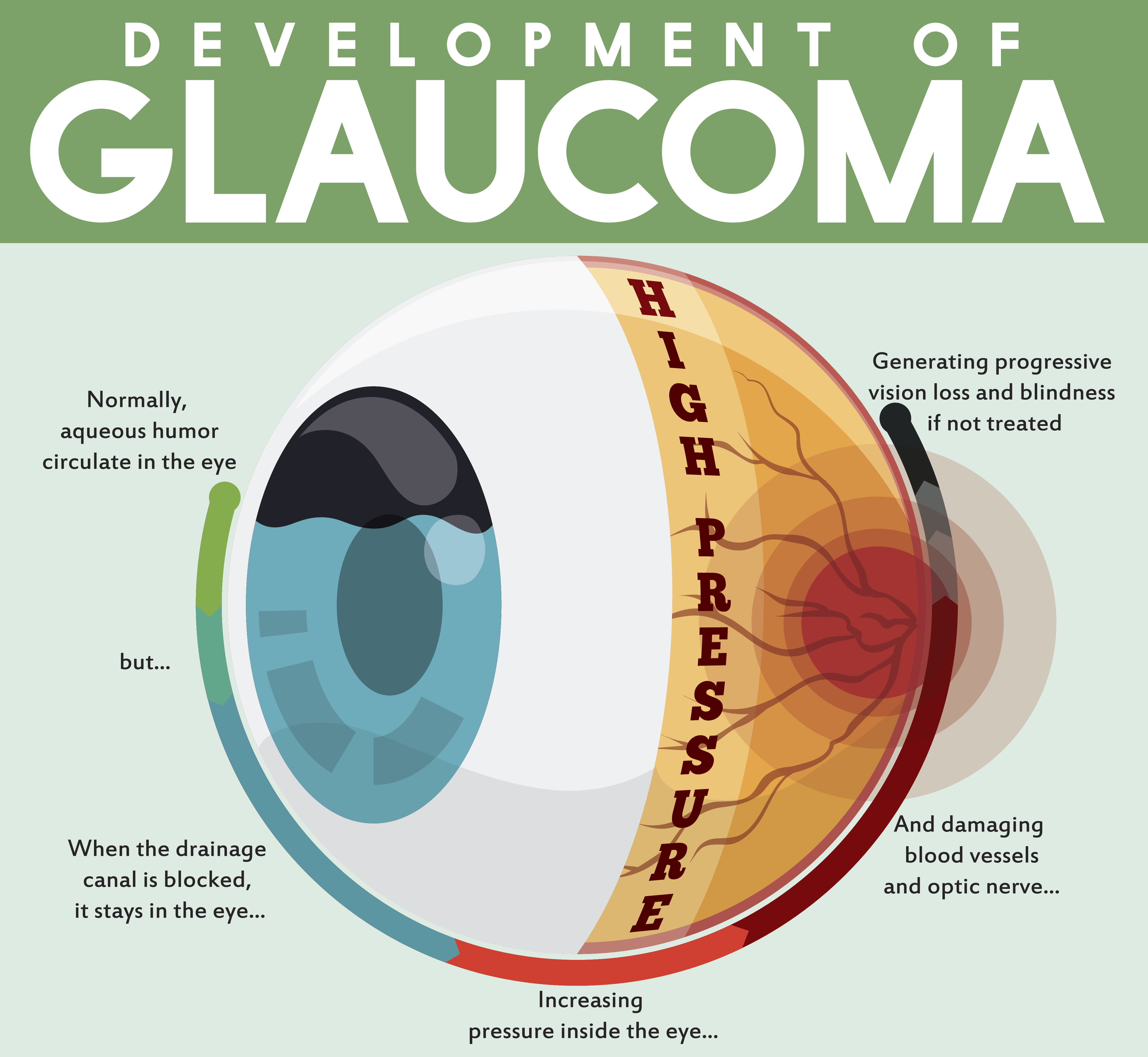Understanding Glaucoma
March 21, 2024
-
Categories:
- Eyecare,
- Glaucoma,

Understanding Glaucoma: Detecting the Silent Threat to Vision
Glaucoma, often referred to as the "silent thief of sight," is a progressive eye condition that can lead to irreversible vision loss if left untreated. In this article, we'll explore the complexities of glaucoma, its risk factors, detection methods, and treatment options.
What is Glaucoma?
Glaucoma encompasses a group of eye diseases characterized by damage to the optic nerve, usually as a result of increased intraocular pressure (IOP). This damage can lead to peripheral vision loss, and if untreated, may eventually cause blindness. One of the challenges with glaucoma is that it often develops slowly and without noticeable symptoms until vision loss occurs, earning it the moniker "the silent thief of sight."
Types of Glaucoma:
- Open-angle glaucoma: This is the most common type of glaucoma, characterized by a gradual increase in IOP due to the slow clogging of drainage canals in the eye.
- Angle-closure glaucoma: In this less common form, the angle between the iris and cornea narrows, leading to a sudden increase in IOP. This can be a medical emergency requiring immediate treatment.
- Normal-tension glaucoma: Despite having normal IOP levels, this type of glaucoma still causes optic nerve damage and vision loss.
Risk Factors:
Several factors may increase the risk of developing glaucoma, including age, family history, high intraocular pressure, thin corneas, certain medical conditions (such as diabetes or hypertension), and prolonged corticosteroid use.
Detection and Diagnosis:
Regular comprehensive eye exams are crucial for detecting glaucoma in its early stages. During these exams, eye care professionals measure intraocular pressure, assess the optic nerve, perform visual field tests, and evaluate the drainage angle of the eye. Early detection is key to preserving vision and preventing further damage.
Treatment Options:
While there is currently no cure for glaucoma, treatment aims to slow its progression and preserve remaining vision. Treatment options may include:
- Medications: Eye drops or oral medications to reduce intraocular pressure.
- Laser therapy: Procedures such as laser trabeculoplasty or iridotomy can help improve drainage of fluid from the eye.
- Surgery: In cases where medications and laser therapy are ineffective, surgical interventions like trabeculectomy or shunt implantation may be necessary to lower IOP.
Conclusion:
Glaucoma poses a significant threat to vision, but early detection and appropriate treatment can help manage the condition and prevent vision loss. Regular eye exams, awareness of risk factors, and adherence to treatment regimens are essential in the fight against this sight-stealing disease. By understanding the complexities of glaucoma and taking proactive measures, individuals can safeguard their vision and preserve their quality of life.